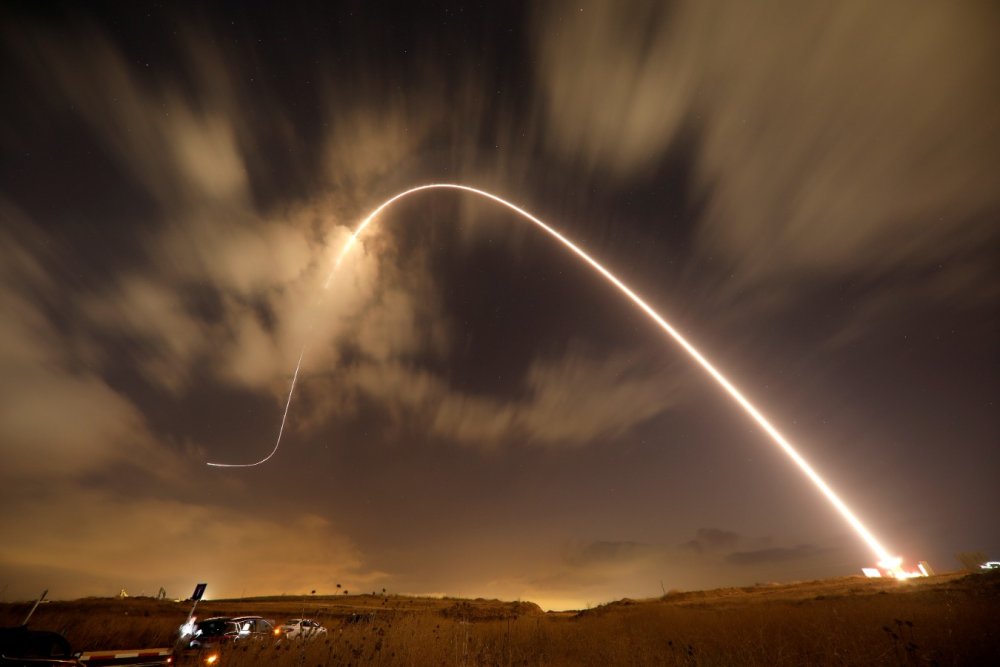Bruce Riedel
Presidential travel to South Asia began with President Eisenhower in 1959, the first-ever voyage by Air Force One. Ike also visited Afghanistan and Pakistan. Jacky Kennedy visited India and Pakistan as first lady, as well. But it was not a frequent occurrence. After President Carter visited New Delhi in 1978, almost a quarter-century went by with no presidential travel to India — until Clinton’s trip. Clinton spent five days in India and did a day trip to Bangladesh from New Delhi, the only U.S. president ever to visit the capital of Dhaka.
The visit to India ended a turbulent period in America’s relationship with India following the Indian nuclear weapons tests in 1998. It also followed Clinton’s intervention in the 1999 Kargil War between India and Pakistan, which threatened to go nuclear. Clinton persuaded Pakistani Prime Minister Nawaz Sharif to withdraw his troops from territory seized by Pakistan in the spring of 1999. India was considering expanding the war outside Kashmir, and possibly blockading Karachi. Pakistan was preparing its nuclear arsenal for use. It was a perilous moment.
After Sharif backed down — something Clinton arranged in a summit at Blair House on July 4, 1999 — he was ousted in a military coup by General Pervez Musharraf, who was the mastermind behind the Kargil fiasco. All American assistance to Pakistan was suspended.
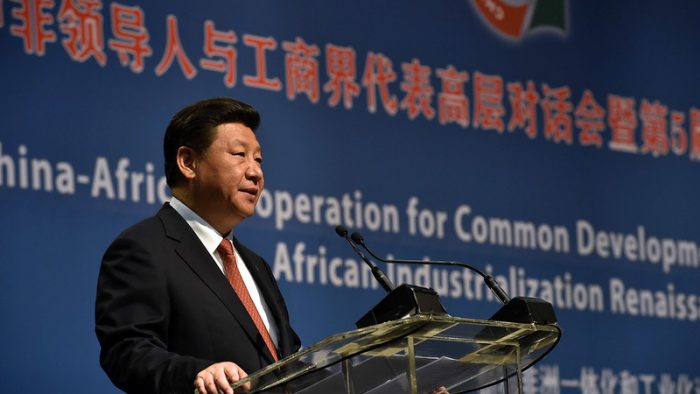

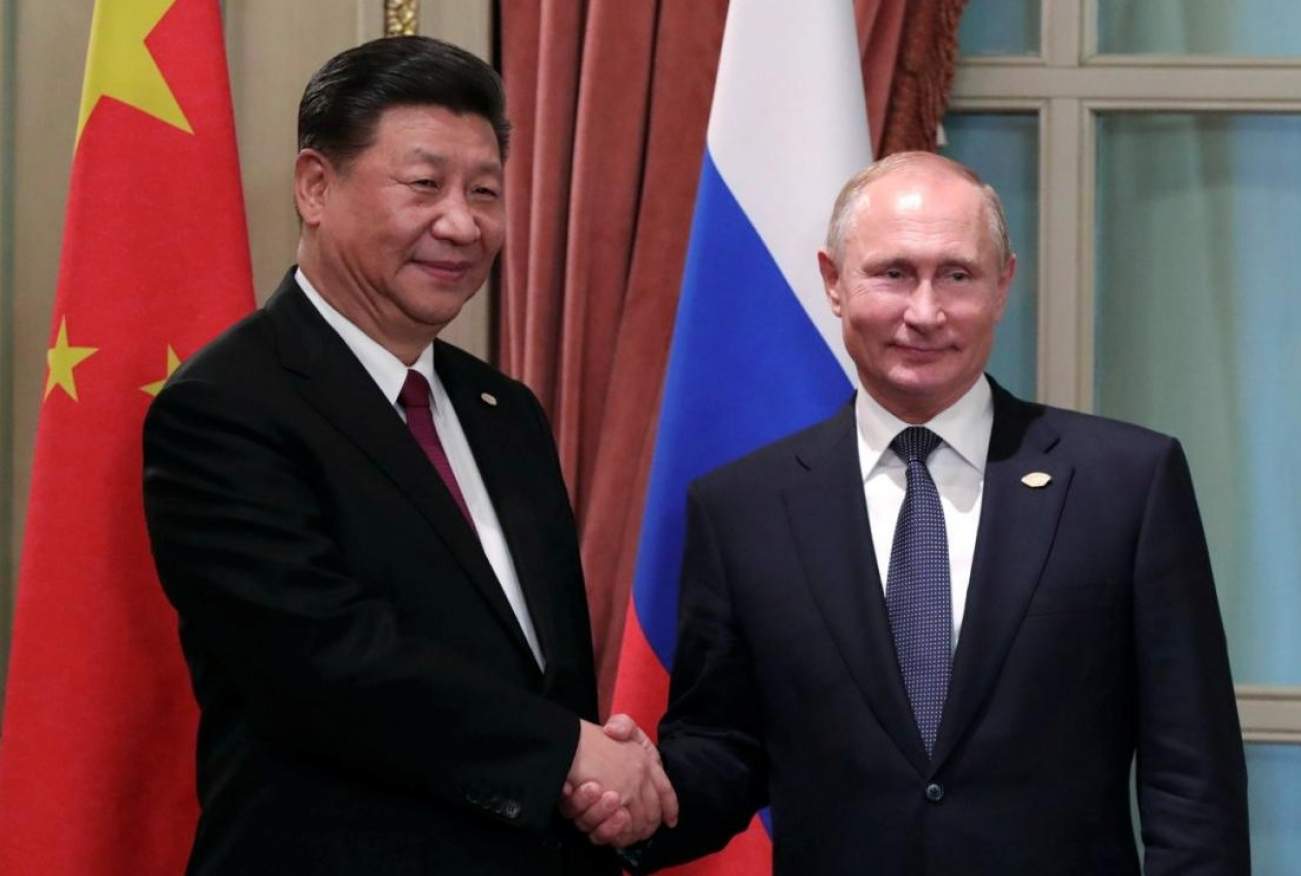
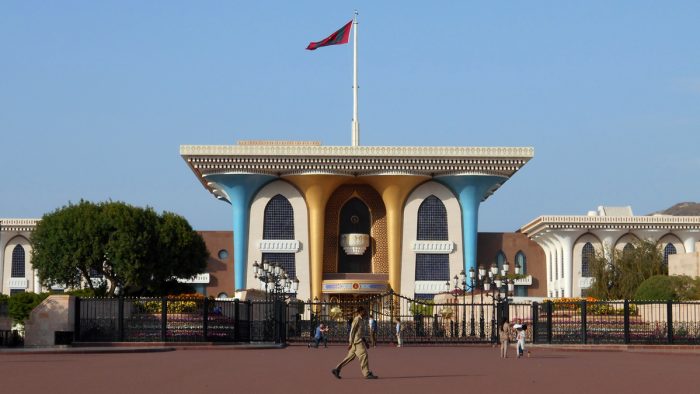





/arc-anglerfish-arc2-prod-mco.s3.amazonaws.com/public/JCVKRSTGXNHBBAJ2D76SCQ7JJY.JPG)

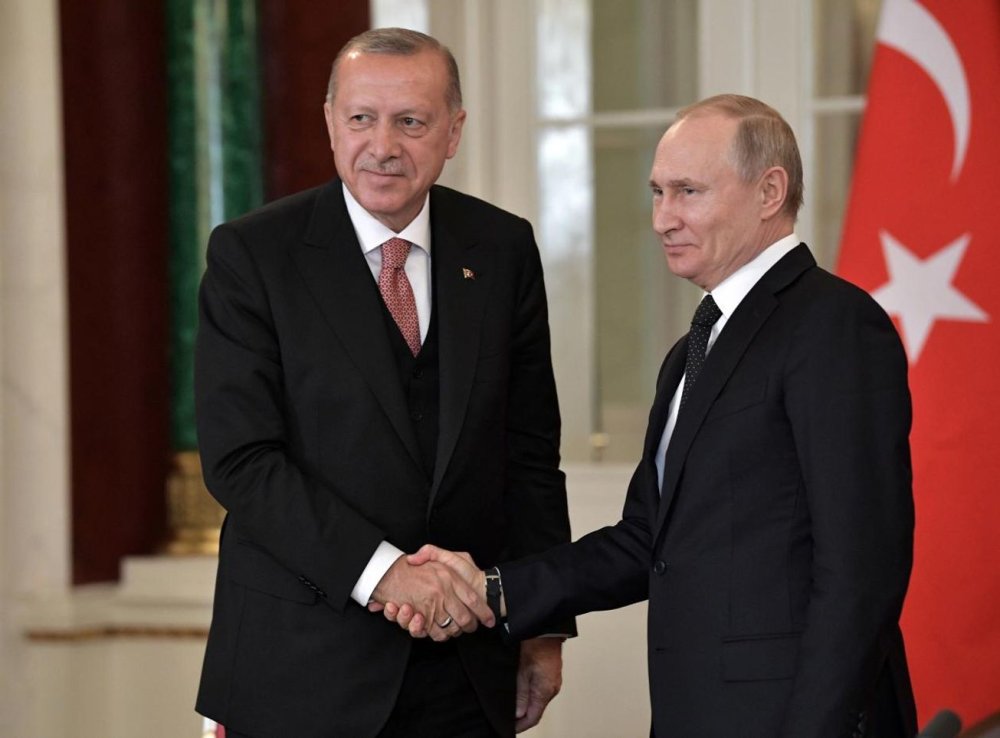





/arc-anglerfish-arc2-prod-mco.s3.amazonaws.com/public/5UCQZXIAXVAQ3L472RHU5A6QMM.jpg)
/arc-anglerfish-arc2-prod-mco.s3.amazonaws.com/public/OJAW3D4WSRATHBUPH2OIAMKQRU.jpg)
/arc-anglerfish-arc2-prod-mco.s3.amazonaws.com/public/P34VEIRTRZFA7G72GQKUPCLB7E.jpg)
